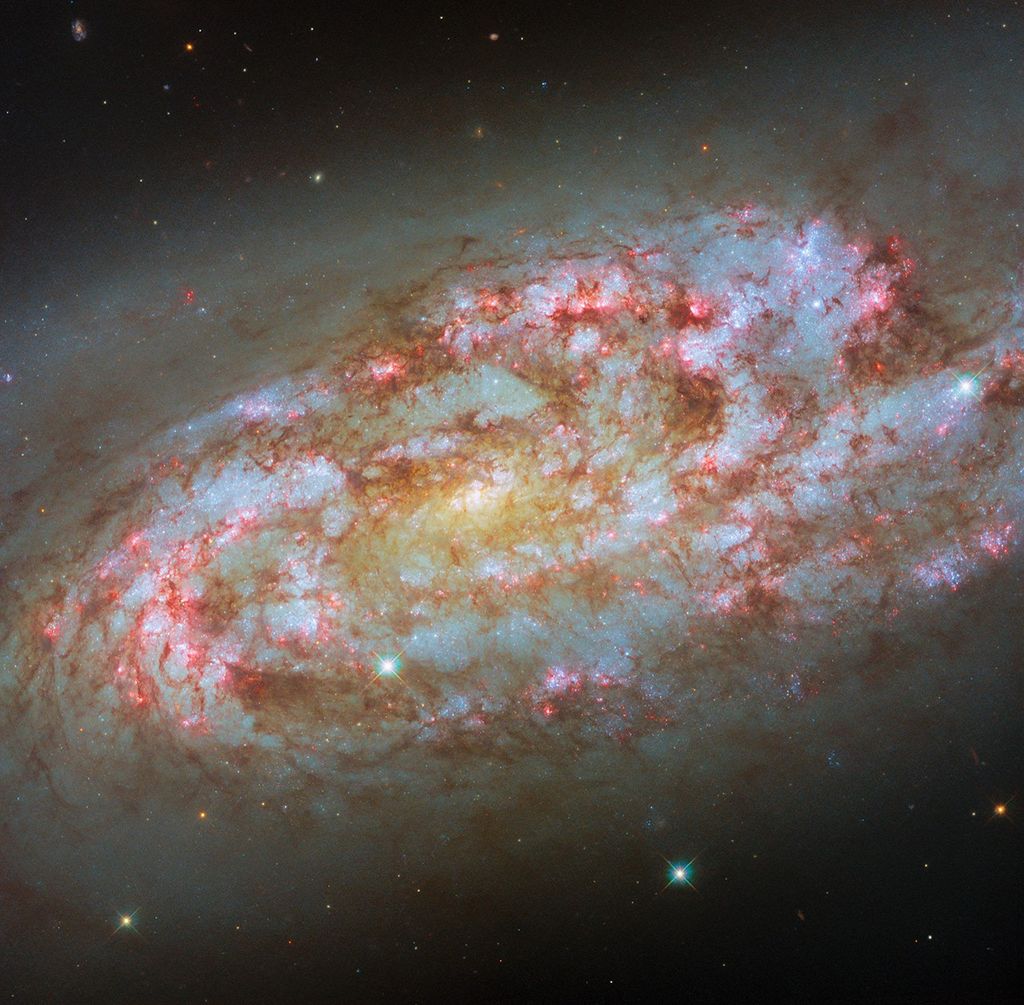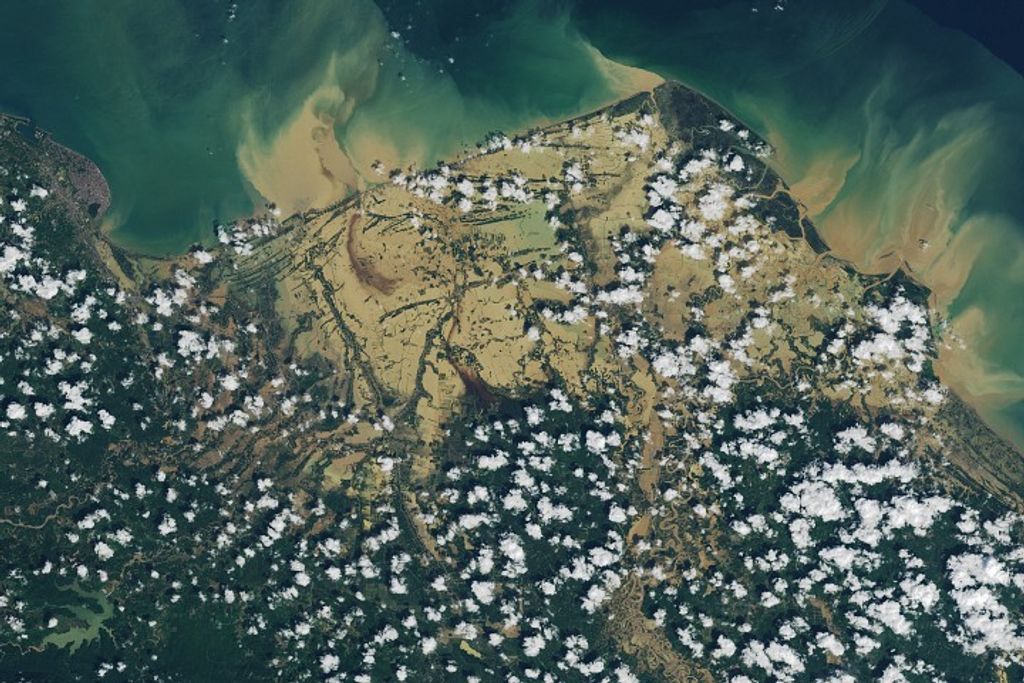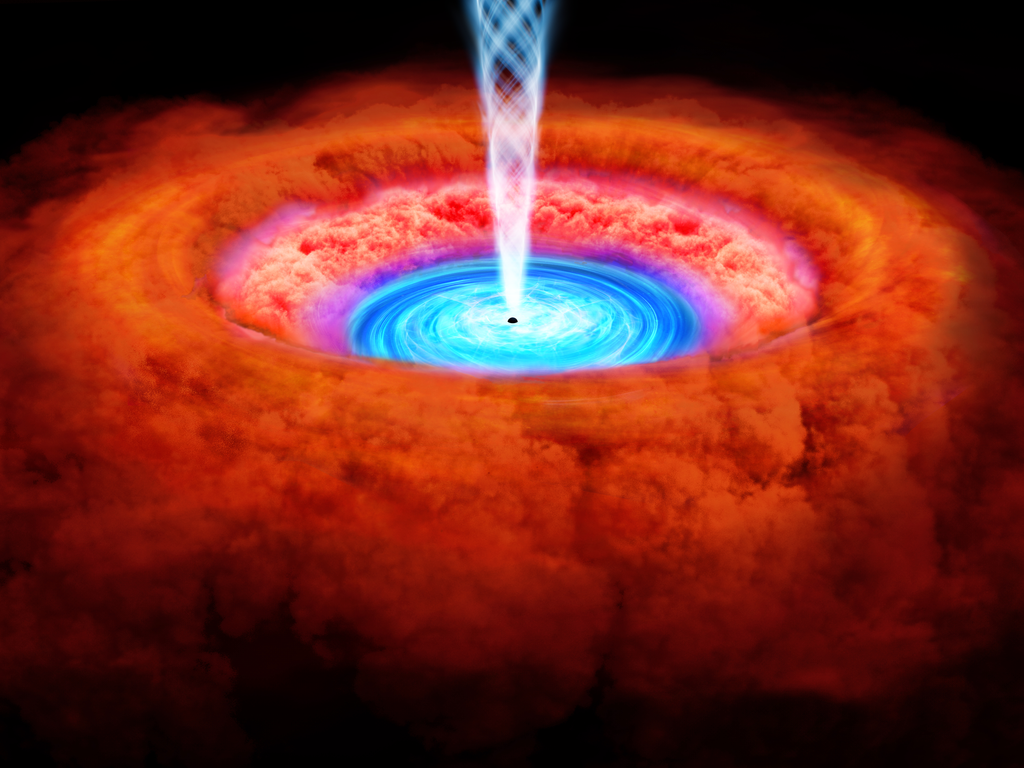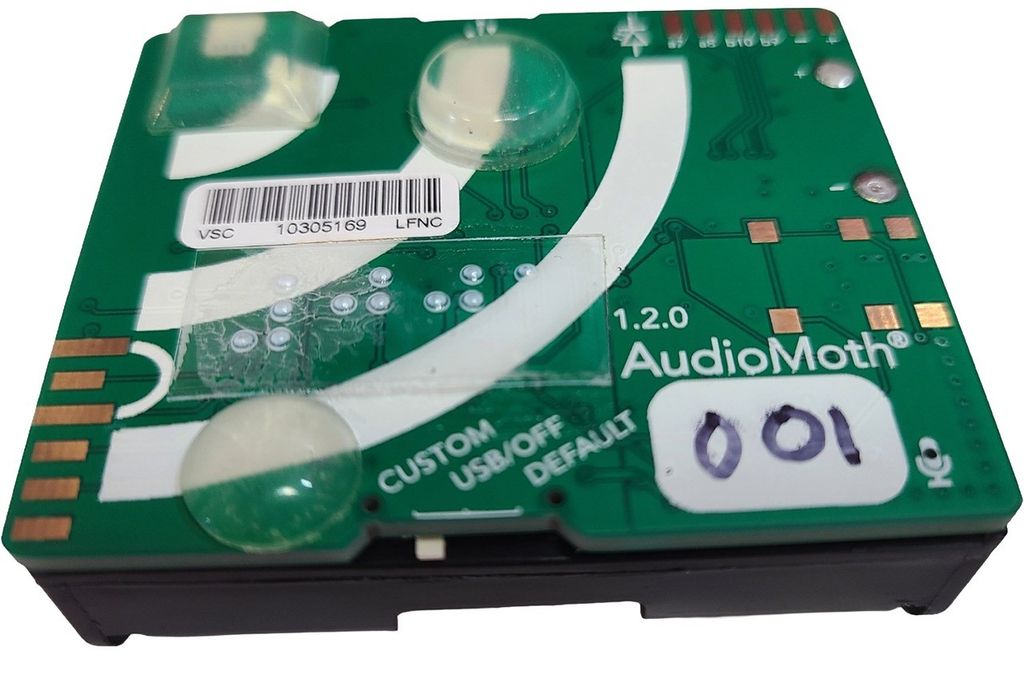Rodent Research-10 (RR-10)
Science Objective
The Rodent Research-10 (RR-10) Mission will investigate how spaceflight in microgravity affects the cellular and molecular mechanisms of normal bone tissue regeneration in space.
Bone tissue regenerative health depends on adult stem cells in bone marrow (osteoprogenitors) differentiating into mineralizing osteoblasts and balancing bone tissue losses due to normal wear and tear. During spaceflight, however, microgravity disuse and space radiation can increase osteoclast-mediated degenerative bone resorption and also hinder stem-cell-based osteogenic bone tissue regeneration, resulting in dramatic net bone tissue loss.
RR-10 aims to increase our mechanistic understanding of the biological processes that underlie stem cell-based bone tissue regenerative deficits in space. This understanding is foundational to further applied research aimed at maintaining tissue regenerative health when sending astronauts on long duration space missions.
Status
The Rodent Research-10 (RR-10) Mission will launch aboard SpaceX-21 to the International Space Station (ISS) in December 2020.
Experiment Description
The RR-10 mission specifically focuses on the cell cycle inhibitor Cdkn1a gene encoding the CDKN1A/p21 protein that can be induced on Earth by oxidative stress and radiation. The expression of this gene was also found highly elevated in mouse bone regenerative osteoprogenitors in space during the NASA STS-131 mission (Mouse Immunology Experiment Biospecimen Sharing Program). In contrast when the Cdkn1a gene is deleted, mice develop normally but gain remarkable regenerative abilities such as ear punch closure without scar tissue, and limb extremity regrowth, like in newts and salamanders. These characteristics suggest that the Cdkn1a gene may function as a moderator or inhibitor of tissue regeneration on earth, and more so in space.
To accomplish the RR-10 scientific aims, the researchers will study and compare the bone responses to spaceflight in two strains of mice, one with the normal Cdkn1a gene (Wildtype) and another with the Cdkn1a gene deleted (null). The experiment will have a nominal duration of 30 days on ISS and in matching ground controls, and it will allow investigators to determine if bone regenerative health deficits observed during spaceflight are eliminated in the absence of Cdkn1a. Elucidating this question may pave the way for novel Cdkn1a-based countermeasure approaches to maintain tissue regenerative health in response to disuse and space radiation, potentially benefiting humans both on Earth and in space.

Team
Mission Scientist: Stephanie Perreau, Ph.D., FILMSS, NASA Ames Research Center
Principal Investigator: Eduardo Almeida, Ph.D., NASA Ames Research Center
Co-Investigators: Elizabeth Blaber, Ph.D., Rensselaer Polytechnic Institute
Cassandra Juran, Ph.D., Blue Marble Space Institute of Science at NASA Ames Research Center
Ruth Globus, Ph.D., NASA Ames Research Center
Yasaman Shirazi-Fard, Ph.D., NASA Ames Research Center



























